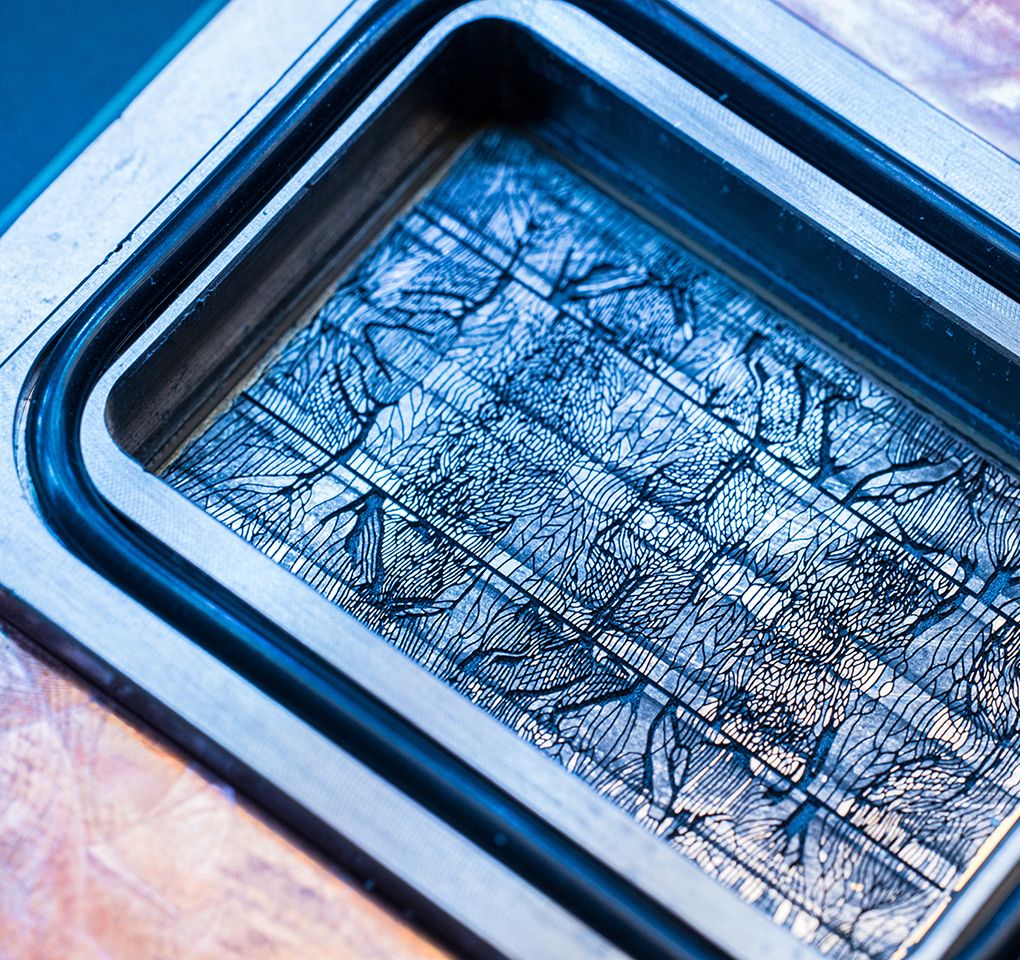Microsoft just cracked a major cooling breakthrough that could reshape data center efficiency. The tech giant's new microfluidic cooling system flows liquid directly through microscopic channels etched into chip silicon, delivering three times better heat removal than current cold plate systems. This isn't just incremental progress - it's the kind of leap that could enable the next generation of AI chips while slashing energy costs.
Microsoft just delivered what could be the most significant cooling breakthrough since liquid cooling hit data centers. The company's microfluidic system doesn't just improve on existing technology - it fundamentally reimagines how we cool chips by flowing liquid coolant directly through microscopic channels etched into the silicon itself.
The timing couldn't be more critical. As AI workloads push chips harder than ever, data centers are hitting thermal walls that limit performance and drive up energy costs. According to Microsoft's latest research, their microfluidic approach removes heat up to three times more effectively than the copper cold plates currently used in high-end servers.
"We documented a 65 percent reduction in the maximum temperature rise of the silicon of a GPU," Microsoft reported after testing the system on servers running simulated Teams meetings. That's not just impressive - it's transformative for an industry where every degree matters for performance and reliability.
The secret lies in bringing coolant directly to the heat source. Traditional cold plates create thermal barriers between chips and coolant, requiring multiple protective layers that act like blankets trapping heat. Microsoft's microfluidic channels, each about the width of a human hair, eliminate these barriers entirely by flowing coolant through grooves etched directly onto chip backs.
"The trick is making sure the channels are deep enough to prevent clogging but not so deep that the chip becomes more likely to break," Microsoft engineers explained. The company used AI algorithms to optimize coolant flow patterns, drawing inspiration from nature's own distribution systems like leaf veins that efficiently transport water and nutrients.
This breakthrough arrives as the industry faces a cooling crisis. Next-generation AI chips generate so much heat that current systems struggle to keep pace. HP recently received $3.25 million in Department of Energy funding to develop similar technology, signaling widespread recognition that traditional cooling has hit its limits.












